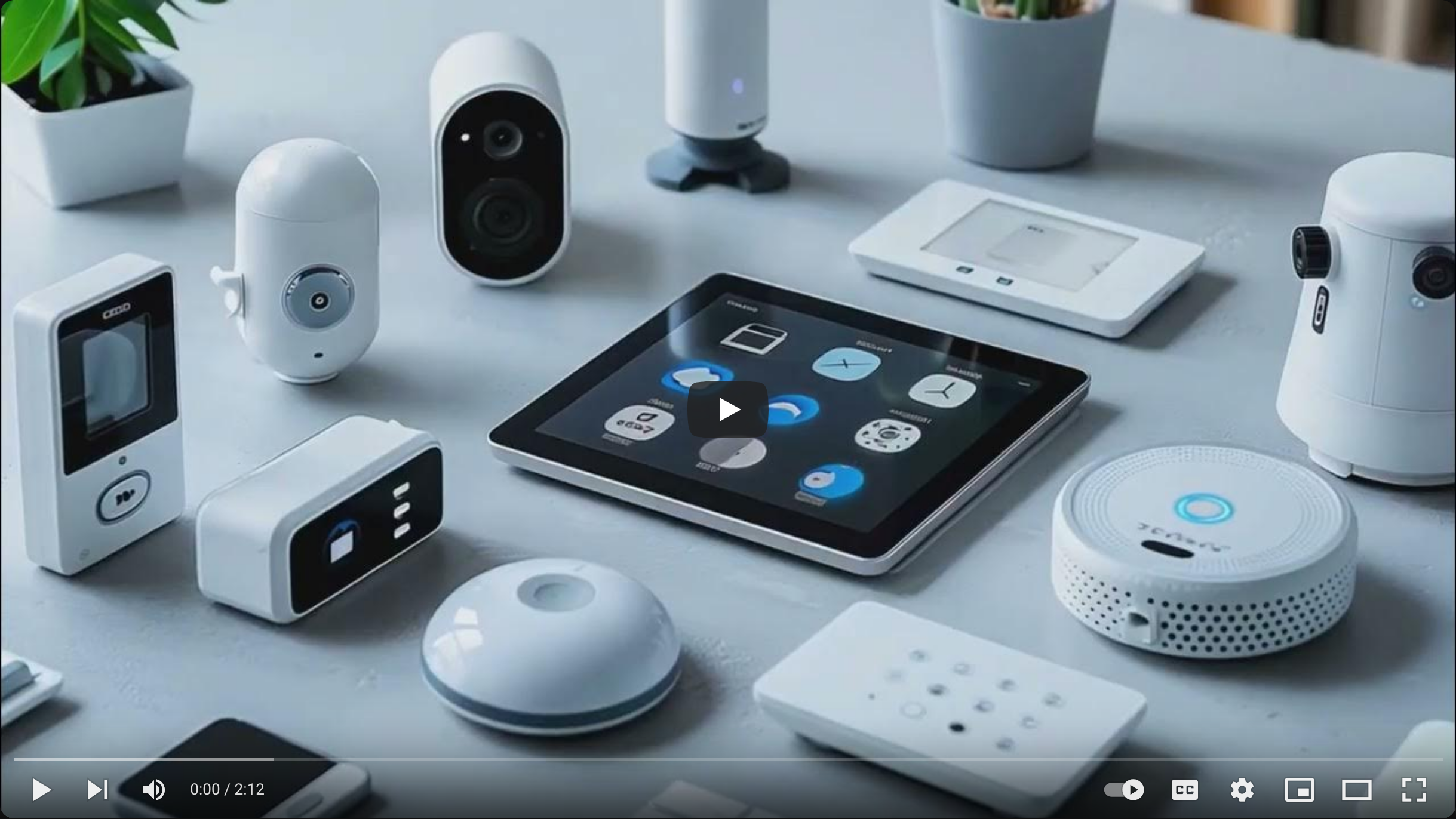
I had the pleasure of speaking at the Rushcliffe Business Partnership Quarterly event yesterday about the evolution of approaches to cybersecurity. For those who missed it (or those who want a refresher), I thought I'd share some key insights in this article.
The Problem with Traditional Security
For decades, businesses have approached cybersecurity like medieval castle builders: construct high walls (firewalls), dig moats (network segmentation), and control access through a single entry point (the login portal). Guards (antivirus software) would check visitors for weapons, and lookouts (monitoring tools) would watch for approaching armies.
This model worked reasonably well when:
- Businesses operated primarily from a single location
- Most systems were on-premises
- Threats were relatively simple and predictable
- The internet was less central to business operations
But the digital landscape has fundamentally changed.
Why Castle Walls No Longer Work
Recent statistics paint a concerning picture. According to the UK Government's Cyber Security Breaches Survey 2024, approximately 43% of UK businesses experienced a cyber breach or attack in the past year, with 22% experiencing at least one cybercrime.
What's happening? Simply put, our castle walls are being rendered ineffective by modern threats:
- The Disappearing Perimeter
Remote work means your "castle" now extends to hundreds of homes, coffee shops, and co-working spaces. Your data travels across networks you don't control, accessed from devices you didn't configure.
- The Cloud Revolution
Your "treasure" no longer sits in a vault you own. It's distributed across multiple third-party data centers worldwide, accessible through various platforms and applications. The concept of a defined "inside" and "outside" no longer applies.
- Sophisticated Attackers
Modern cybercriminals don't just batter gates - they use social engineering to trick your guards, exploit hidden tunnels (VPN vulnerabilities), deploy flying dragons (wireless attacks), or disguise themselves as trusted merchants (phishing).
- Shadow IT and BYOD
Those small, unauthorized doors in your castle walls? They represent the countless applications and devices employees use without IT approval, each creating potential entry points for attackers.
The Real-World Cost of Outdated Security
One of my clients, a mid-sized manufacturing firm, learned this lesson the hard way. Despite investing heavily in perimeter security, they experienced a significant breach last year. The attack didn't come through their carefully guarded network gateway but through an employee's personal laptop connected to their systems.
The financial impact? Over £75,000 in direct costs, plus incalculable damage to client relationships and staff morale. And they're not alone - the average cost of a data breach for UK small and medium businesses now exceeds £8,000, according to government data.
The Smart Home Approach to Modern Cybersecurity
Just as home security has evolved from simple door locks to integrated smart systems, cybersecurity must move beyond the castle model to what I call the "Smart Home" approach:
- Zero Trust Architecture
Rather than assuming everything inside your network is safe, the Zero Trust model operates on the principle of "never trust, always verify." Every user, device, and application must continuously prove they should have access, regardless of their location or network connection.
Think of it like having smart door locks on every room in your house, not just the front door. Even if someone gets inside, they can't freely move around without the right credentials.
- Multi-Factor Authentication (MFA)
MFA has become non-negotiable in today's security landscape. By requiring something you know (password), something you have (mobile device), and/or something you are (biometrics), you dramatically reduce the risk of unauthorized access.
According to Microsoft, MFA can block over 99.9% of account compromise attacks. That's the difference between a simple key and a sophisticated smart lock that requires both a key and your fingerprint.
- AI-Powered Security
Traditional security tools looked for known threats based on signatures - like guards who can only recognize criminals whose faces are in a book of mugshots. Modern tools use machine learning to detect unusual behaviors and patterns, even from unknown threats.
This is similar to a smart home system that doesn't just detect when a window breaks but notices when someone is moving around your house at unusual hours, even if they have a key.
- Defense in Depth (The Onion Model)
Modern cybersecurity implements multiple layers of protection, like an onion:
- Outer Layer: Physical security
- Second Layer: Perimeter security
- Third Layer: Network security
- Fourth Layer: Endpoint security
- Fifth Layer: Application security
- Sixth Layer: Data security
- Core: User education and awareness
If one layer fails, others continue protecting your assets.
- Managed Detection and Response (MDR)
Many businesses now outsource security monitoring to specialized providers who can detect and respond to threats 24/7 - like having a professional security service monitoring your home, ready to respond at any hour.
Five Practical Steps to Modernize Your Security Today
Transitioning to modern security doesn't happen overnight, but here are five concrete steps you can take immediately:
- Implement Multi-Factor Authentication
Start with your most critical accounts - email, banking, cloud storage, and client management systems. Most platforms now offer MFA options at no additional cost. This single step can prevent the vast majority of account compromises.
- Adopt a Password Manager
The average business user manages 191 passwords. It's simply impossible to create and remember strong, unique passwords for every service without technological help. A password manager solves this problem while making your life easier.
- Train Your Team
Your employees remain both your greatest vulnerability and your strongest defense. Regular, engaging security awareness training (not just annual compliance modules) can reduce your human-risk factor dramatically.
Consider this: 85% of breaches involve a human element, according to Verizon's Data Breach Investigations Report. Yet properly trained employees become your human firewall, spotting and reporting suspicious activities before they become breaches.
- Backup Your Data Following the 3-2-1 Rule
- Keep at least 3 copies of important data
- Store them on 2 different types of media
- Keep 1 copy offsite or in the cloud
This approach ensures you can recover from ransomware and other destructive attacks without paying criminals.
- Develop an Incident Response Plan
The question isn't if you'll face a security incident, but when. Having a documented plan that outlines roles, responsibilities, and procedures will significantly reduce damage when an incident occurs.
The Ongoing Security Journey
Most businesses fall somewhere along the security evolution path:
- Starting Point: Traditional castle security
- Checkpoint 1: Reinforced castle (improved traditional security)
- Checkpoint 2: Castle with modern features (hybrid approach)
- Checkpoint 3: Smart home with some castle elements (transitional security)
- Destination: Full smart home implementation (modern security)
The key is to keep moving forward, implementing improvements as resources allow. Even small steps toward modern security approaches can yield significant risk reduction.
The Business Case for Modern Security
Some business leaders view security as purely a cost center, but modern approaches actually deliver substantial business benefits:
- Enhanced Customer Trust: Increasingly, clients expect strong security practices from their vendors.
- Competitive Advantage: Security certifications and robust practices can differentiate your business in crowded markets.
- Operational Efficiency: Many modern security tools also improve productivity through better access management and reduced downtime.
- Reduced Insurance Costs: Cyber insurance providers offer better rates to businesses with modern security controls in place.
- Regulatory Compliance: Staying ahead of evolving data protection regulations becomes easier with modern security frameworks.
Staying Informed Without Becoming an Expert
Few small business owners have time to become cybersecurity experts. That's why we offer our free weekly cybersecurity tips - each one takes less than 5 minutes to implement but provides significant security benefits.
These practical tips cover topics like:
- How to spot sophisticated phishing attempts
- Simple ways to secure your mobile devices
- Quick checks to ensure your accounts haven't been compromised
- Step-by-step guidance for enabling security features you already have
Conclusion: Security as a Journey, Not a Destination
Cybersecurity isn't something you "solve" once and forget about. It's an ongoing process that evolves with your business and the threat landscape. The organizations that fare best are those that approach security as a continuous journey of improvement rather than a one-time project.
By moving from the castle model to the smart home approach, you'll not only reduce your risk but also build a security foundation that can adapt to whatever challenges the future brings.
Use the button below to book a 10 minute Discovery Call, and we will discuss how we can better protect your business from the bad guys, to help you sleep better at night, knowing that you have one less thing to worry about.
Also, don’t forget to sign up to our free weekly Cyber Security Tips, delivered to your inbox every Tuesday, link also in description below.



